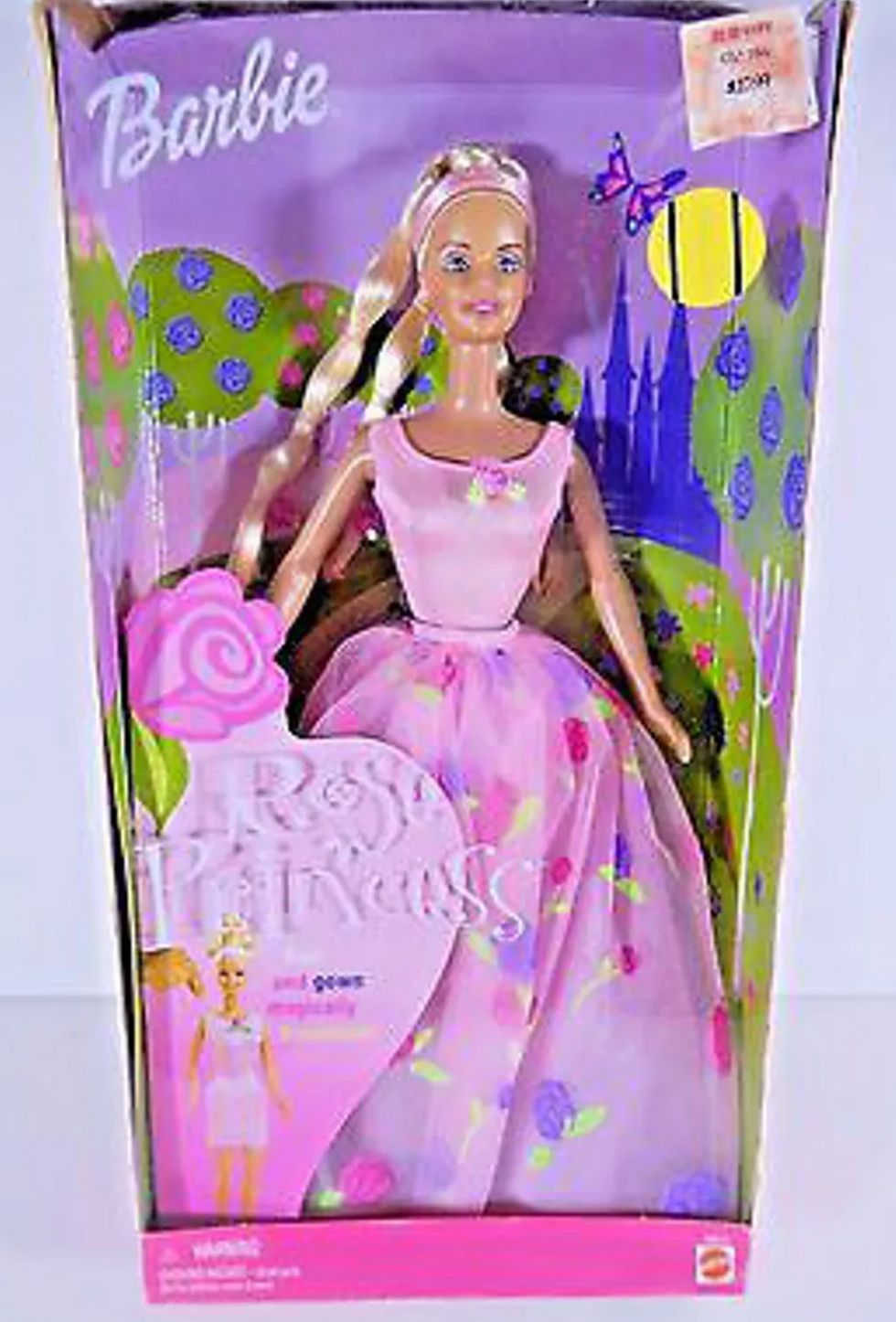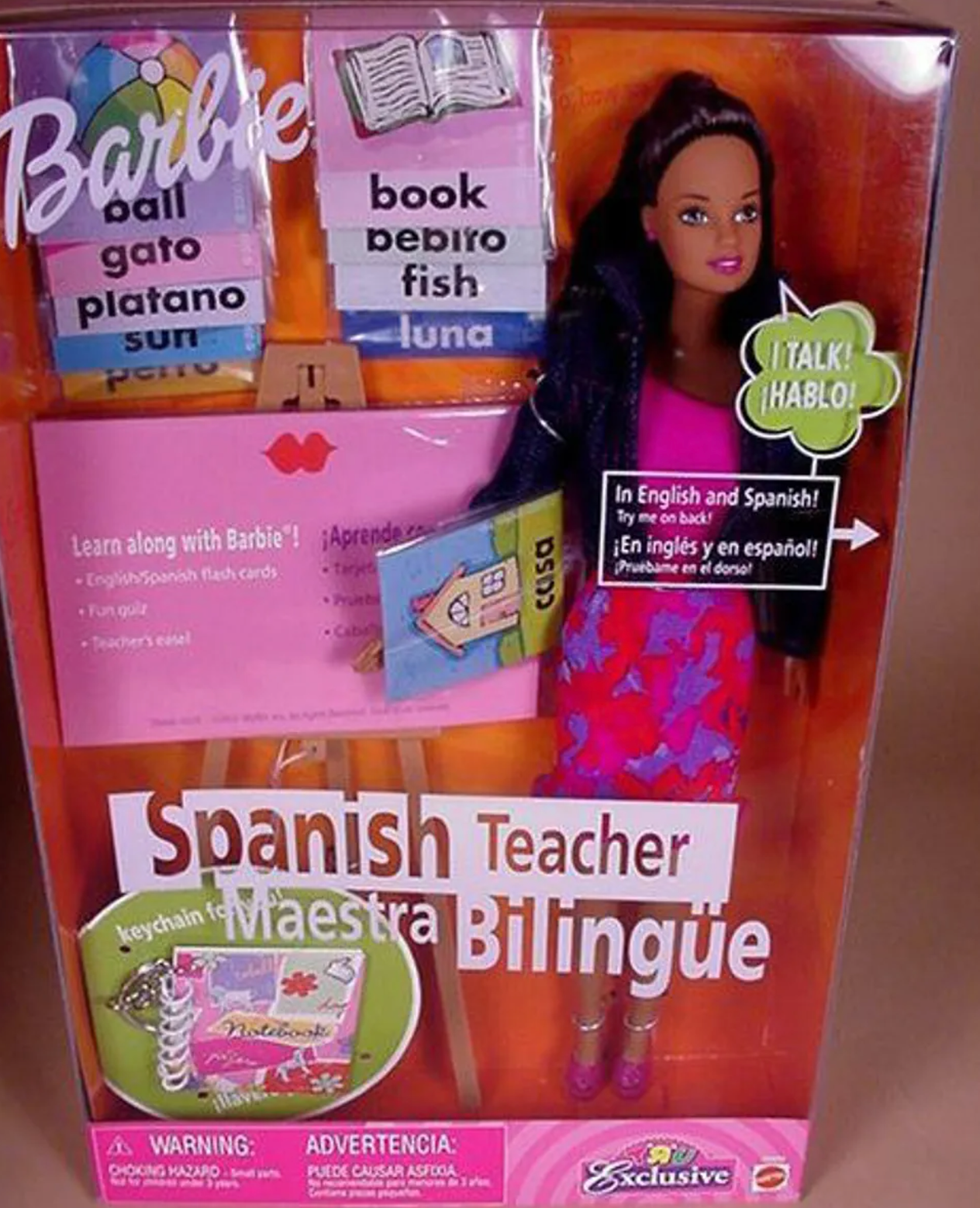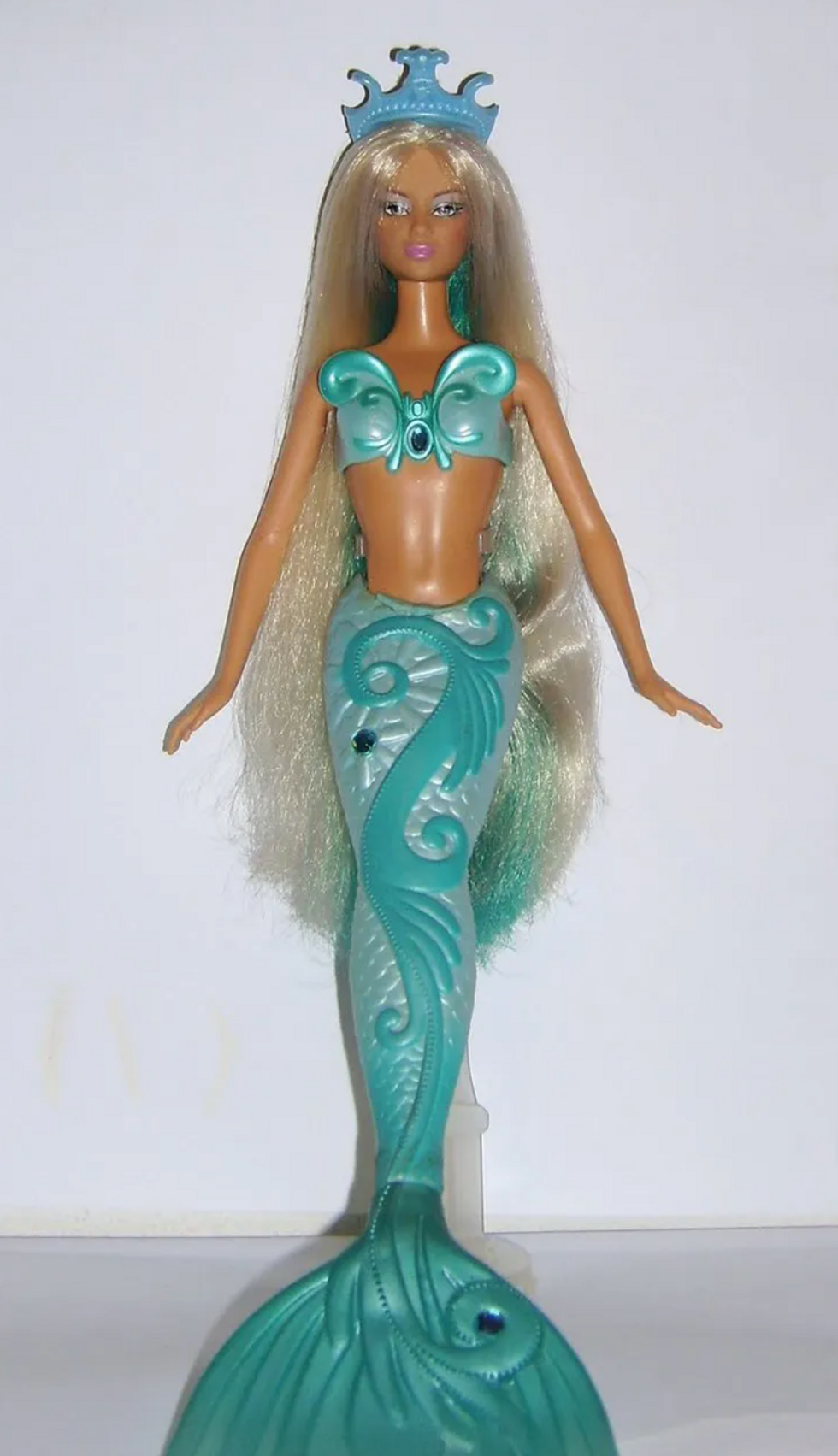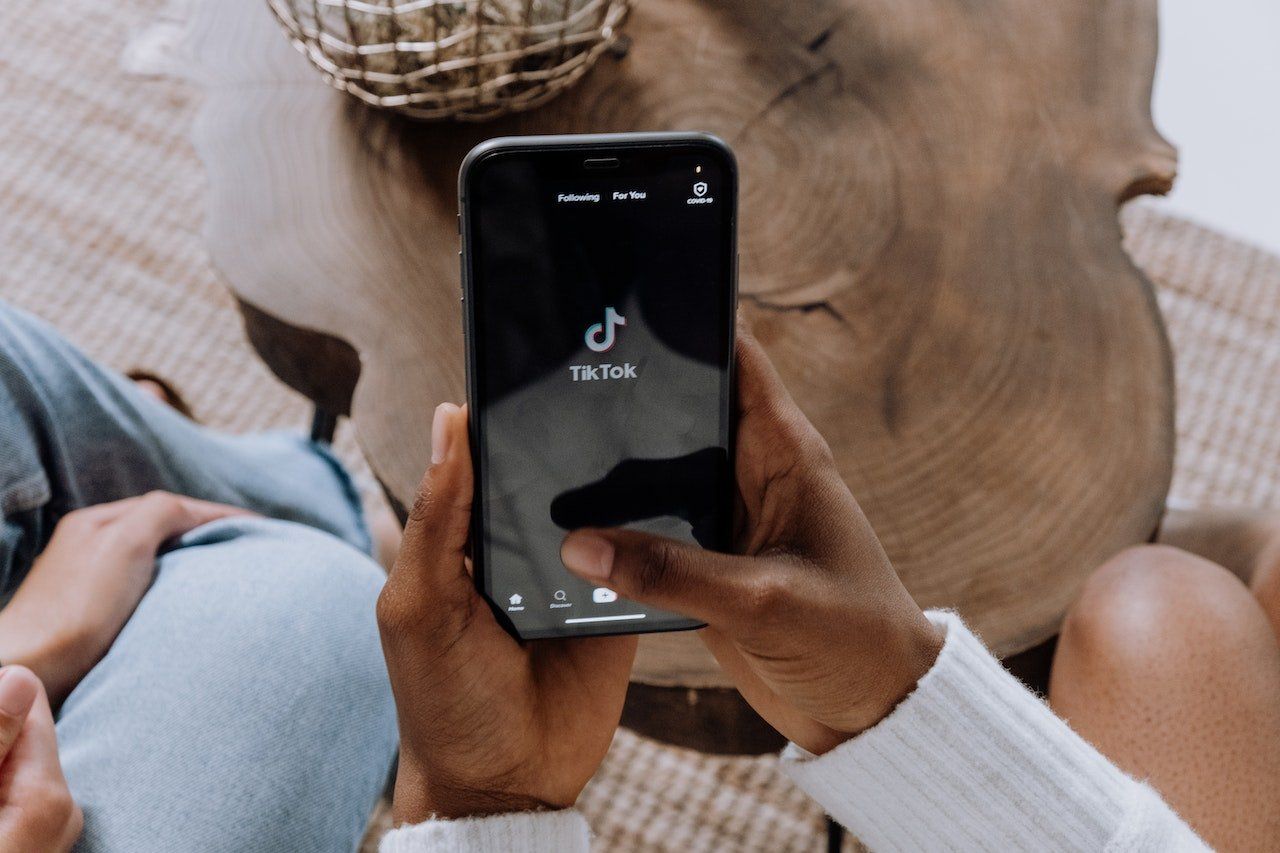President Donald Trump has recently come under fire after a rally in Tulsa, OK, where he referred to the coronavirus (COVID-19) as "kung flu." After critics raised concerns about how his language may exacerbate anti-Asian racism, White House press secretary Kayleigh McEnany defended Trump's use of the term, stating that his intent was to implicate China in the spread of COVID-19 rather than targeting Asians and Asian Americans as a whole.
Trump's language and subsequent defense are nothing new: Trump previously faced criticism for his use of the term "Chinese virus" to refer to COVID-19, to which he and his supporters also defended his language by claiming that the term was intended to hold the Chinese government responsible for its handling of the pandemic.
Regardless of intent, however, the use of terms like "Chinese virus" and "kung flu" still lead to the association of Chinese people with COVID-19.
Because Asian Americans are so often portrayed as a monolith, this association extends to anyone who might pass as Chinese, particularly East and Southeast Asian Americans. Due to the stereotype of Asian Americans as perpetual foreigners, Asian Americans have historically suffered increased racism and discrimination as a result of tensions with Asian countries, and the current tensions with China during this pandemic are no different.
Donald Trump's language only perpetuates this association between Asian Americans and COVID-19.
Even if he does not intend to incite discrimination or violence against Asian Americans, his language is still dangerous in the impact it may have on his supporters and their view of Asian Americans. His intentions do not negate the resulting alienation of Asian Americans or the uptick in racist incidents and hate crimes experienced by Asian Americans.
Additionally, the use of "kung flu" in particular is blatantly racist and xenophobic, as the term draws on common stereotypes of Asian Americans.
Asian Americans have been commonly associated with martial arts, and many have spoken out against stereotypical representations of Asians as martial artists in American media. "Kung flu" clearly plays on this stereotype, and Trump's use of the term cannot truly be explained away with his intent to indict China. In using the term, he is perpetuating both the implication of Asians in the spread of COVID-19 and commonly-held stereotypes that paint Asians and Asian Americans as a monolith. There is no excuse for Trump's language, especially considering his platform and position as President.
SEE ALSO: Coronavirus Racism Shows How Precarious Asian Americans' Position In The United States Is
Regardless of what Donald Trump claims is the intent of his use of "kung flu," the bottom line is that the use of these terms for COVID-19 is harmful to Asian Americans and, ultimately, racist.
The intention behind his language does not eliminate the damaging effects that it has on Asian Americans, nor does it mean that his language has no part in encouraging anti-Asian racism. His defense of his actions only shows that he is turning a blind eye to the current discrimination against Asian Americans and that he is unwilling to acknowledge his own role in exacerbating anti-Asian racism.







 Photo by
Photo by 









































